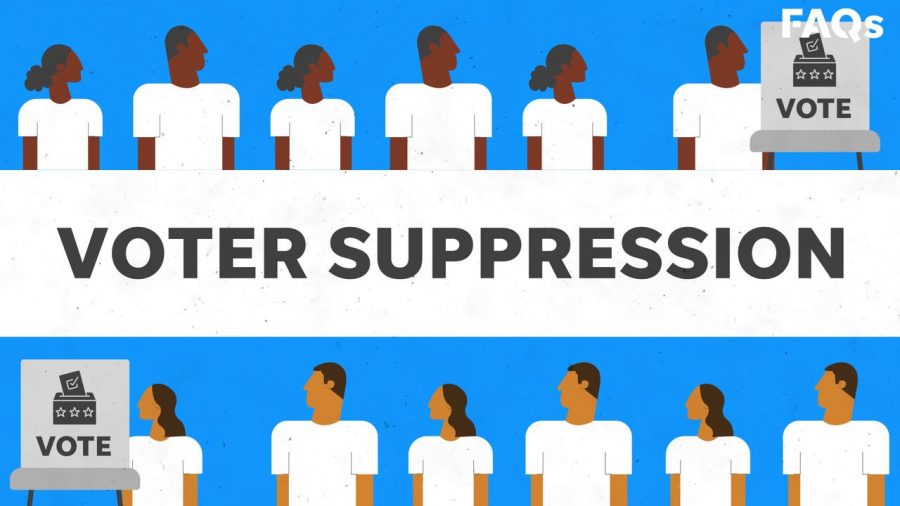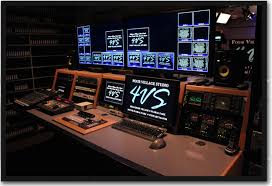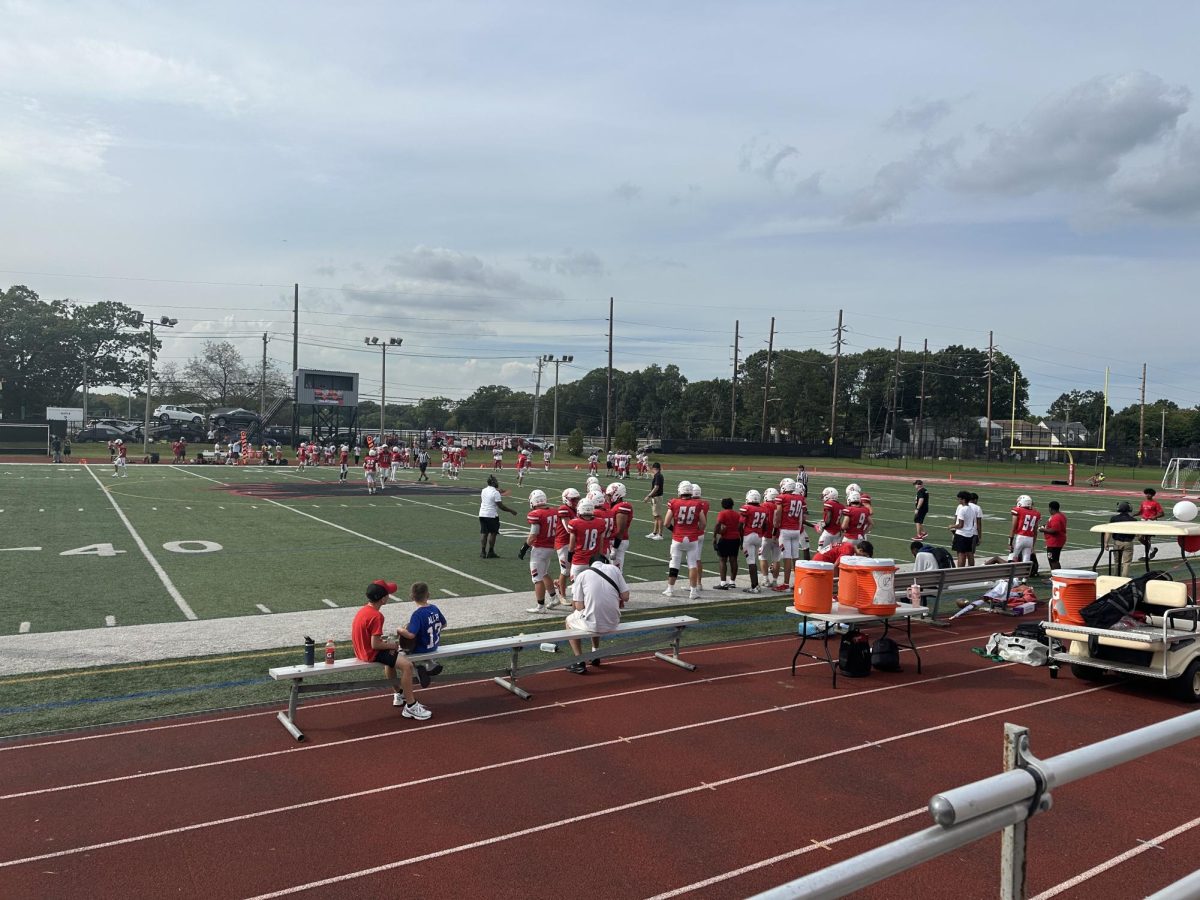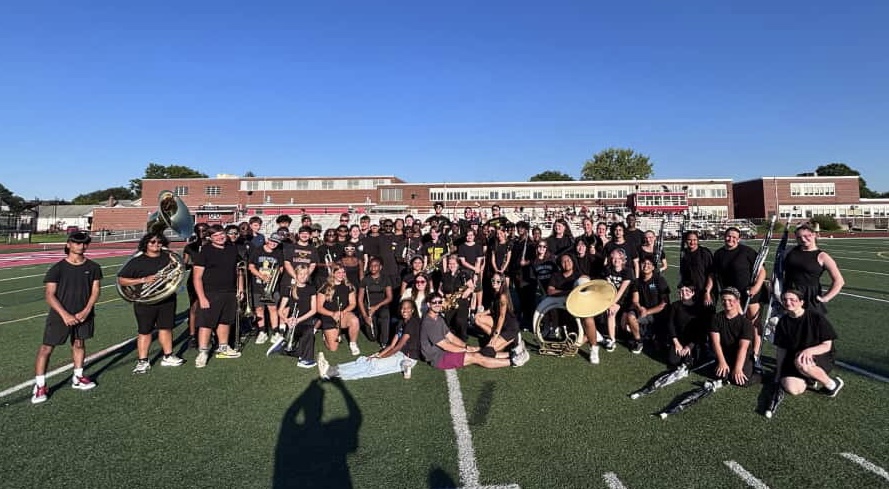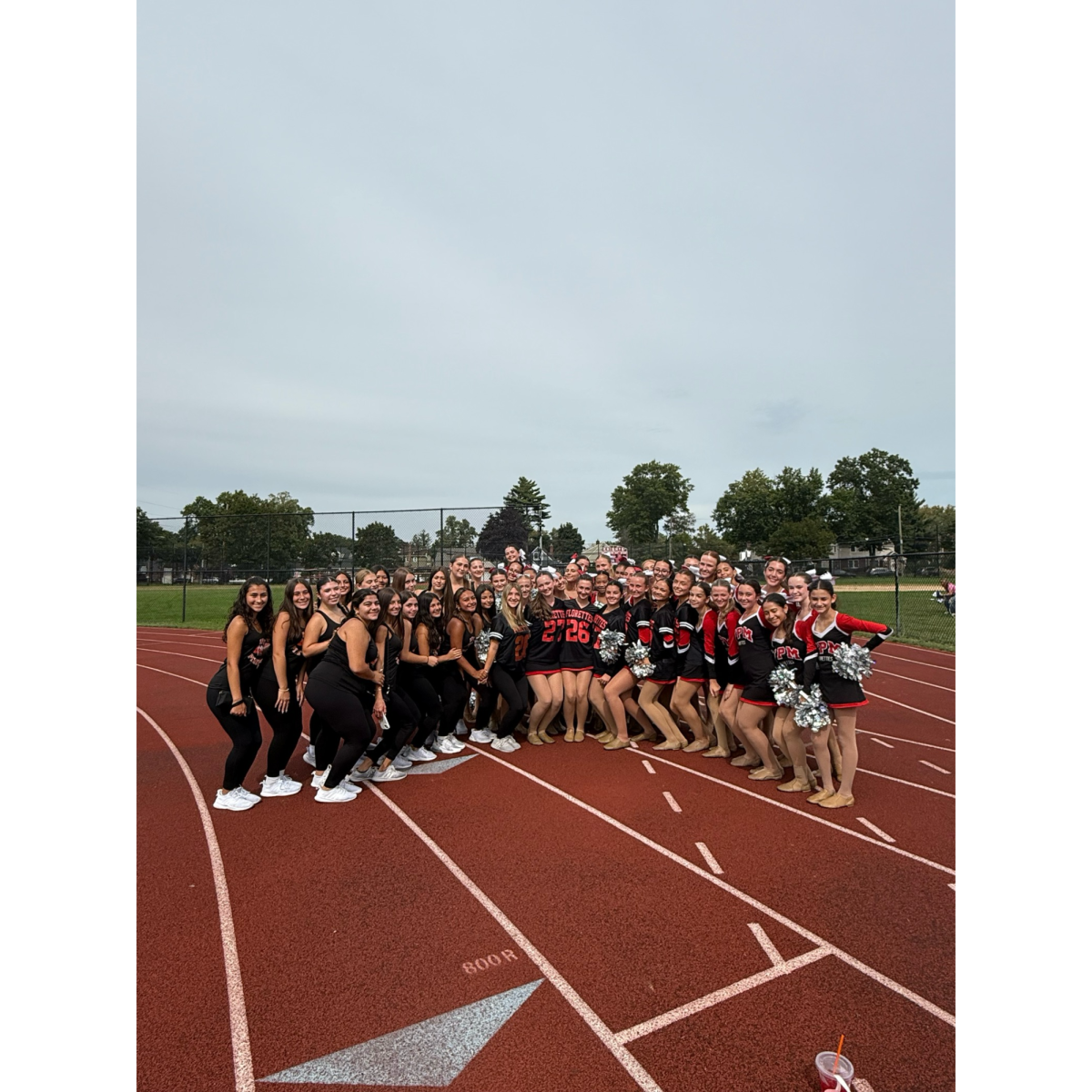Voter Suppression in America
November 6, 2020
On Friday October 30th, a Biden/Harris campaign bus was traveling from San Antonio to Austin as part of a plan to encourage Biden supporters to cast their votes on the state’s last day of early voting. Citizens in vehicles, dubbed as a “Trump Train”, began to hurl profanities and obscenities at the bus and then proceeded to blockade the vehicle. At one point in the incident, they managed to slow the bus down to approximately 20 mph on Interstate 35, according to a campaign official. According to witnesses, there were around 100 vehicles swarming the bus. While no one on the bus was hurt, campaign staffers were clearly shaken by this event. This incident was clearly designed to intimidate and frighten Biden supporters and thus prevent votes being cast for Biden. This can perhaps best be described as modern day voter suppression. That being said, voter suppression isn’t a new concept in American voting history.
Voter suppression has been embedded into America’s political scenery since the beginning of the nation. Voter suppression in the United States mainly focuses on preventing communities of color from using their votes through various means such as the Jim Crow laws or the gutting of the Voting Rights Act of 1965. It has become increasingly visible, especially in the current Presidential election. Most American voters are casting their votes via mail-in ballots considering the ongoing threat of COVID-19. President Trump has repeatedly criticized mail-in voting, even going so far as to claim it results in election fraud. This view was seen by many as voter suppression, an accusation the administration has vehemently denied. Historically speaking, voter suppression has been used to prevent minority groups from expressing their vote.
A clear example of voter suppression is the Jim Crow laws and felon disenfranchisement. When the Civil War ended, the thirteenth, fourteenth, and fifteenth amendments were passed to create equality for African Americans, particularly in the south. The thirteenth amendment abolished slavery and indentured servitude. The fourteenth amendment gave African Americans “equal protection under the laws.” The fifteenth amendments prohibited states from “disenfranchising voters ‘on account of race, color or previous condition of servitude.’” However, this did not result in immediate voting rights for African Americans. Congress did not immediately enforce this amendment. Those who were convicted of crimes were also denied their voting rights through various felon disenfranchisement laws. By 1870, 28 states had laws in place preventing convicted felons from voting. Some states still use these laws today. Only two states, Maine and Vermont, gave everyone the right to vote. Currently, only three states disenfranchise felons from voting permanently: Iowa, Kentucky, and Virginia. Southern states also enforced the Jim Crow laws which mandated segregation in public places between white and Black Americans. One of the Jim Crow laws happened to be poll tax. Poll taxes were often used to discourage those who couldn’t afford to pay from voting and they were a mandate in order to register to vote in states that enforced Jim Crow. As expected, and intended, poll taxes disproportionately affected the Black voting community which happened to make up a large proportion of the South. Poll taxes carried over into the twentieth century. In 1964, five states (Alabama, Arkansas, Mississippi, Texas, and Virginia) were shown to still be enforcing poll taxes. Many states also implemented literacy tests which were designed to stop the uneducated from voting. These literacy tests disproportionately affected Black voters. They generally asked civic questions “name two of the purposes of the U.S. Constitution.” Most African Americans at the time were descendants of slaves who were prohibited from reading or writing in several states because of anti-literacy laws. If a white man failed the literacy test, they were still allowed to voted due to the “Grandfather Clause.” This allowed them to vote if their grandfathers had voted. In 1915, the grandfather clause was ruled unconstitutional. Poll taxes were outlawed in 1964 under the twenty-fourth amendment and literacy tests were banned under the Voting Rights Act of 1965.
Voter suppression was also a tactic used to prevent women from voting. The nineteenth amendment was the first amendment that gave women in America the right to vote. It stated, “the rights of citizens of the United States to vote shall not be denied or abridged by the United States or by any state in account of sex.” This amendment however did not grant black women the right to vote. In 1920, many black women showed up at the polls to vote but were turned away because they “failed to comply with the vote constitutional tests.”
Gerrymandering was also a huge problem in American voting history. Gerrymandering is when an election district is divided/arranged in a way to give a specific party an unfair advantage. Gerrymandering ultimately takes away the right to vote for many people. The Centre for American Progress released a report documenting how partisan gerrymandering has had an effect on voting rights. In Wisconsin, a state with Republican controlled legislature, it “shifted control of the state Assembly outright in 2018, from Democrats who won a majority of the statewide votes to Republicans who fell short of a majority. In the Senate, Democrats fell 1% short of a majority vote, likely because of aggressive voter suppression targeting communities that disproportionately support Democrats.”
Voter suppression was also encouraged by the gutting of the Voting Rights Act. After this act was passed, the government had to undergo extensive changes to register more potential voters. The voting age was lowered from 21 to 18 to allow more Americans the opportunity to register to vote. In 1993, the National Voter Registration Act, also referred to as the Motor Voter Act, was designed to offer more chances for voters to register by making the Department of Motor Vehicles, public assistance facilities, and disabilities agencies, places for Americans to register to vote. However this was soon cut short by the 2013 U.S Supreme Court case, Shelby County v Holder, which drastically changed the way the Voting Rights Act was implemented. Section 4 of the Voting Rights Act was ruled unconstitutional by the Supreme Court in a 5-4 decision. “Section 4(a) of the Act established a formula to identify those areas and to provide for more stringent remedies where appropriate. The first of these targeted remedies was a five year suspension of ‘a test or device’ such as a aliteracy tests as a prerequisite to register to vote,” as stated by the Department of Justice. This decision ultimately ruled that “the coverage formula set forth in Section 4(b) or to Sections 4 (f)(4) and 5 of the Act. Accordingly, guidance information regarding termination of coverage under Section 4 (a) of the Voting Rights Act (i.e., bailout) from certain of the Act’s special provisions is no longer necessary”. While the Voting Rights Act may have banned Jim Crow laws, states found other methods to suppress minority votes. 25 states have implemented new requirements such as voter ID laws, closing polling places, and cutbacks to early voting. In 2019, the U.S House of Representatives passed a new bill which restored vital sections of the Voting Rights Act, but it has yet to see the Senate floor.
Voter suppression has been used throughout American history to suppress the minority vote. Voter suppression can still be seen in the modern era and remains a major issue. While Jim Crow laws and polling taxes may be outlawed, other methods such as poll watchers and the incident with the Biden bus have emerged. Voter suppression is generally used to block minority votes and is generally seen as a fear tactic. While it remains a massive issue in the voting process, it’s important to remember that this concept isn’t new to American voting history and will continue to remain if drastic changes aren’t made.



